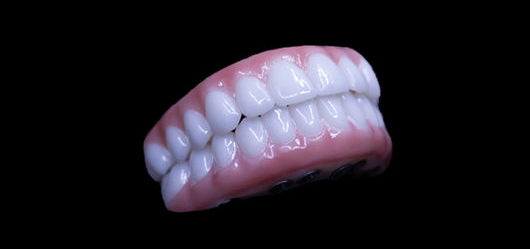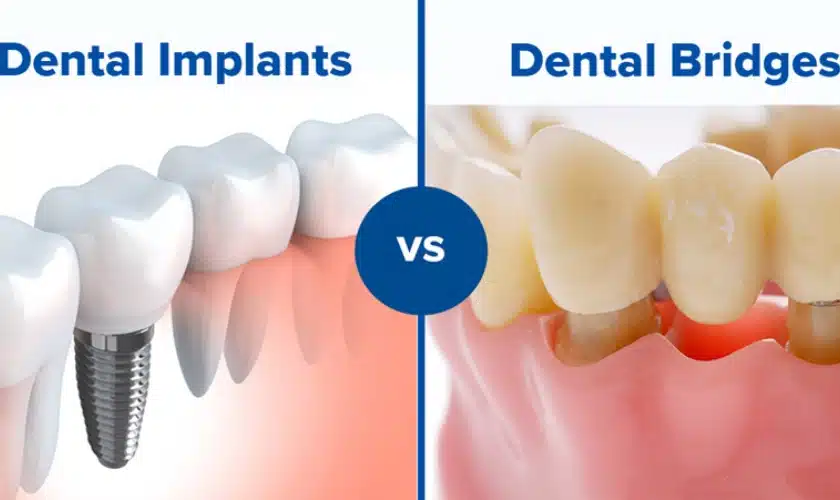What Does Dental Sense Do?
What Does Dental Sense Do?
Blog Article
Rumored Buzz on Dental Sense
Table of ContentsThe Single Strategy To Use For Dental SenseThe 6-Minute Rule for Dental SenseSee This Report about Dental SenseFacts About Dental Sense Uncovered
are medical devices operatively dental implanted into the jaw to bring back a person's capacity to chew or their appearance. They offer support for fabricated (phony) teeth, such as crowns, bridges, or dentures. When a tooth is lost as a result of injury or disease, a person can experience issues such as fast bone loss, faulty speech, or modifications to eating patterns that lead to pain.Dental implant systems include a dental implant body and oral implant joint and might likewise include an abutment fixation screw. Front tooth filling. The oral implant body is operatively placed in the jawbone in place of the tooth's root. The dental implant joint is normally affixed to the implant body by the joint fixation screw and prolongs via gum tissues into the mouth to support the attached man-made teeth
(https://hubpages.com/@dentalsense1)Structure of The Oral Implant System choosing dental implants, talk to your dental company about the prospective benefits and risks, and whether you are a candidate for the treatment. Things to take into consideration: Your total health is an essential consider figuring out whether you are an excellent prospect for dental implants, the length of time it will certainly require to recover, and the length of time the implant might stay in area.
Smoking might impact the recovery procedure and reduce the long-lasting success of the implant. The healing process for the dental implant body might take several months or longer, during which time you typically have a momentary abutment instead of the tooth. the oral implant treatment: Carefully adhere to the oral health directions offered to you by your dental provider.
Dental Sense for Dummies
Implant failing can result in the need for one more operation to repair or change the dental implant system. Restores the capability to eat Brings back cosmetic appearance Aids maintain the jawbone from reducing because of bone loss Maintains the health of the bordering bone and gums Assists keep adjacent (nearby) teeth secure Boosts quality of life Damages to surrounding all-natural teeth throughout dental implant positioning Injury to the surrounding tissues during surgical procedure, such as sinus opening Injury during surgery (as an example, crack of surrounding jawbone) Inadequate feature, such as really feeling like the teeth do not attack with each other typically A feeling that the tooth is loosened or turning in position arising from an abutment screw loosening up Implant body failure (looseness of the dental implant body) because of systemic infection, which might be more probable in patients with uncontrolled diabetics issues because of neighborhood infection in bone and gum tissues sustaining the dental implant body because of postponed healing, which may be much more likely in clients who smoke Problem cleaning up the periodontals around the implant, causing poor dental hygiene Without treatment gum disease Post-surgical numbness because of nerve impingement or damages Always alert health care companies and imaging professionals that you have dental implants before any type of magnetic resonance imaging (MRI) or x-ray treatments.
FDA is not knowledgeable about any adverse events reported for MRI or x-ray procedures with oral implants. Oral implants systems are generally constructed from products that comply with global agreement criteria of the International Organization for Standardization (ISO) or ASTM International. These standards have information of what makes a safe product.

An oral implant is a framework that changes a missing out on tooth. With screw-like devices, the cosmetic surgeon inserts a dental implant into the jawbone, and it works as an anchor for a fabricated tooth, called a crown. A gadget called an abutment links the artificial tooth to the oral implant. The crown is customized to fit the person's mouth and match the color of their teeth.
The Best Strategy To Use For Dental Sense
Some people are not qualified for oral implant surgical procedure. It is for Clicking Here dental surgeons to run on individuals with: severe illnessuncontrollable metabolic diseasebone or soft tissue condition or infectionIf these issues are resolved, a person can have the surgical treatment. In, dental surgeons avoid operating individuals with: If individuals with any of the above undergo dental implant surgery, there is a greater danger of the dental implant stopping working.

Dental implant surgical procedure is a personalized procedure. It's not the exact same for everyone. The adhering to gives a basic review of what you can expect your dentist, dental cosmetic surgeon, periodontist or prosthodontist to do: Put the dental implant surgically. Offer you time to recover. Connect the message and final crown, bridge or denture.
Next off, your specialist will very carefully place the oral implant right into your jaw. Your cosmetic surgeon will certainly rearrange your gums and close the cut with stitches. If your dental implant is near the front of your mouth, your dental professional will certainly make a short-term tooth for you to put on till you heal. That means, you will not have a space in your smile while you recuperate.
The 7-Minute Rule for Dental Sense
Your copyright can tell you what to anticipate in your circumstance. During the recovery stage, your jawbone must fuse to the dental implant. This procedure, called osseointegration, is vital for stability and long-term success. This process can take anywhere from 3 to 9 months. In many cases, it may take longer.
As soon as your dental implant heals, your dentist can affix the joint (little connector article) and your last restoration (crown, bridge or denture). This typically takes concerning one hour to complete and might need a 2nd minor surgery. You shouldn't feel any pain throughout your dental implant treatment since your provider will certainly utilize medicine to numb your periodontals.
Report this page